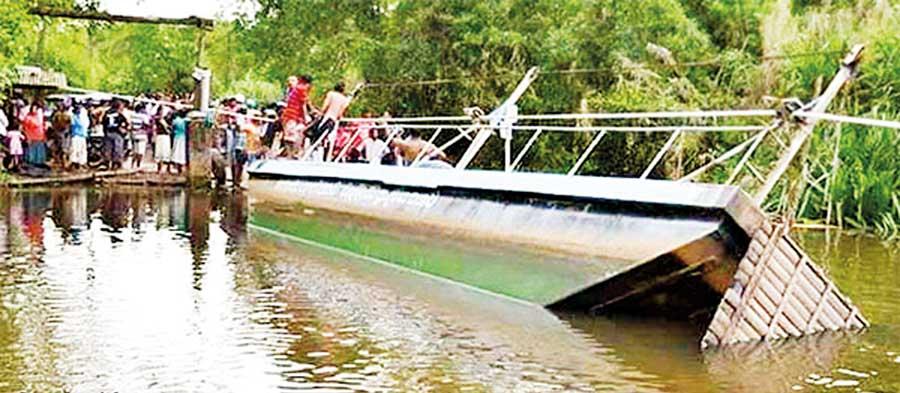Reply To:
Name - Reply Comment

I was recently talking to a very young girl, just past her 10th birthday. She asked me a very blunt question, “Did you have the Avengers, when you were my age?” I said no. She was quite disappointed. She was even more disappointed when I told her that I vaguely remember a time when there were only two television channels available, each would start at six in the evening and cartoons were half an hour per day.
have the Avengers, when you were my age?” I said no. She was quite disappointed. She was even more disappointed when I told her that I vaguely remember a time when there were only two television channels available, each would start at six in the evening and cartoons were half an hour per day.
She looked at me as if I had walked off another planet. The conversation ended when I said there were also no mobile phones, contactless delivery and WiFi.
To understand how our current information ecosystem is wired, we just need to peel back the layers of time, may be a decade or two back. The differences are stark.
"How did Sri Lanka media cover the tragedy of Kinniya ferry accident? How many images of those young lifeless bodies appeared on our social media posts? How was the Sialkot mob lynching reported?"
Today’s information ecosystem is hectic and hyper sensitive to retaining eyeballs and clicks. So much of the information that we consume today and that influence our lives is coming from our social media networks. What better way to retain the clicks than appeal to the emotions of the audience. What better way to do this than either by stunning them into attention or reinforcing their own biases.
During my formative years as a writer in Sri Lanka, a genre of journalism that was popular was the tear-jerker. It was a simple concept. Find a story that held a tragedy (trick here was to scan the Sinhala and Tamil press). Bring the tragedy to life by tugging at the heart strings. The more melodramatic the presentation, the better.
"Today’s information ecosystem is hectic and hyper sensitive to retaining eyeballs and clicks. So much of the information that we consume today and that influence our lives is coming from our social media networks"
For the formula to work seamlessly on a cycle though, the tragic components of the story would have to be amplified with each passing story. A little bit like how social media and Sri Lanka gossip sites work – you keep amplifying the hyperbole, tragedy, violence, fear or threat. It is the same formula at work like with the tear-jerkers of the past, you keep increasing the out of this world value of the story. We do not discover a larger than usual gem, instead we discover the largest gem ever. We do not report on a threat to national security, we report the most dangerous such threat ever, that is until the next one comes along.
When traditional media now hard pressed to emulate the digital upstarts, we get everyone trying out this formula. We live in an information chamber that is wired to maintain the hyperbole. Unfortunately this is taking place at the cost of truth. We end a collective of morons, denied of the truth, but not in any way bothered about it as long as our daily dosage of titillations are provided.
"When traditional media now hard pressed to emulate the digital upstarts, we get everyone trying out this formula. We live in an information chamber that is wired to maintain the hyperbole"
We don’t have to go far to see the impact. How did Sri Lanka media cover the tragedy of Kinniya ferry accident? How many images of those young lifeless bodies appeared on our social media posts? How was the Sialkot mob lynching reported? Again, how many of us saw the images of the coffin before it was handed over to Sri Lankan authorities?
The audience has also become desensitised to human suffering. We feel no pangs when see bodies of kids lined up. To catch the attention of such an audience and to retain it, the macabre scale has to keep ratcheting up. And it is.
During the war, when suicide attacks were common place, initially there were no qualms about publishing gory images. I used to side with the argument that because facts were tragic and violent, one should not censor them. But that was before I started refocusing on the trauma impact of my work and journalism in general.
As I was writing this, on the screen this popped up. “Priyantha Kumara was burnt alive by extremists for their belief & Ashoka Priyangani was burnt alive by gas companies for more profit.”
It was complete with the images. Do we even take a second to reconsider that our social media posts are skirting that thin line of abusing privacy, victim rights and simple human decency.
In the hyper connected, hyper fast world we live in, may be not. Tragic.
The writer is a journalism researcher and a writer. He can be contacted on [email protected]